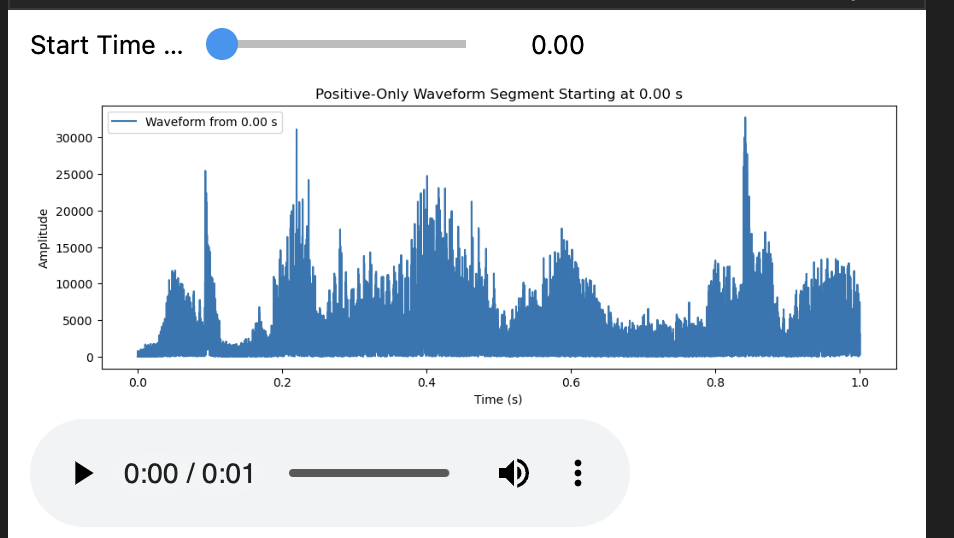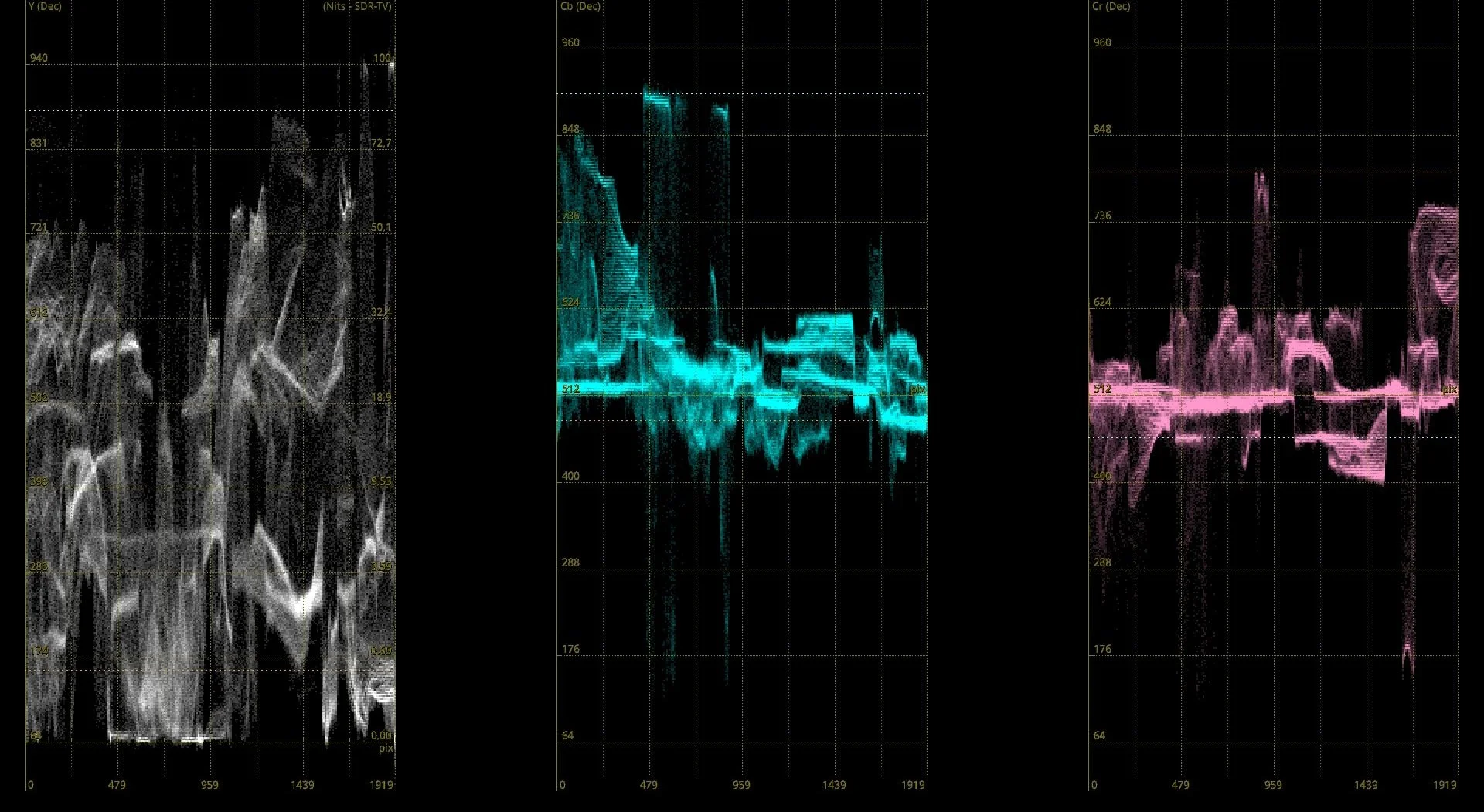Week 3
Findings from User Testing:
Linna: Needs more work on stylization of page, color scheme is not great for contrast, UI is messy and hard to handle
Buttons aren’t obvious what they do.
Alanna: picks up the UI very fast, but she is very quick and presses on every button she can to see what it does. A unique test as someone who doesn’t use music software
Josh: Picked up looping function very quickly, otherwise UI is clunky and not obvious to the user what it does
What I learned: encourage the user to try out every function, make the UI icons more obvious what they are, lead the user in a direction of things to press on without having to explain it to them
Week 3
my mockup this week https://www.figma.com/design/GR39lkSI20EedStbZwchca/e-mockup?node-id=0-1&t=LWCDceSNzPqQLNQ2-1
Try mockups in webflow next time
- talk to tanika about sound
- think about how to navigate time of songs through words, time markers for intro, verse, hook, can be commented by users or as skip points like in serato but labeled. Can be Labeled by artist or users
animation of picking up and dropping little vinyl on dj track with mouse.
think about how to intitively modify sound by squeezing it to make it faster with touch gestures instead of a waveform view
https://www.instagram.com/yehwan.yen.song/?hl=en
Search bar filtering inspiration: https://canopycanopycanopy.com/search
https://www.pinterest.com/search/pins/?rs=ac&len=2&q=sound%20representation&eq=sound%20repre&etslf=8631
https://mrdoob.com/lab/javascript/waveform/
feature ideas:
AI or algo to figure out where the most commonly played parts of the song is, artist uploader can make the sections of their own when they upload
Algo recommended songs that would fit well (tempo, style, key wise) to mix into the next track
Labeling the song waveform by lyrics, searchable section by lyrics, song search by lyric
Search music by keywords (ex: kpop-ish, genres, “something like mac demarco”, pop trends, “2010’s britney spears pop electronic”)
Inituitive game-fied keyboard and mouse controls
Touch gestures for mobile
MIDI support
Allow users to access their own downloaded files or open “USBs” on each deck. Offline mode where the tracks they use aren’t uploaded to Eterna and aren’t able to be livestreamed for copyright reasons
live steaming platform
hire a dj for your wedding remotely???
dj livestream - DJ together online collaboratively
viewers can make requests to your set (requires donation to request a song)
Interview (What would you like to to see? How would you use this platform?):
Daedelus - Alfred Darlington - Producer / Electronic Live Performer
Doctor Jeep - Andre Lira - Producer / DJ
Otis Zheng - Pop Musician
LastFM esque recommendation algo based on user tags - Lily’s suggestion / Project
Creative Commons esque licenses that you can choose between as an uploader - Jasmine’s suggestion
Otis Zheng
sample loop batch exporting, export loops from each track, or make an editable arrangement track(s) available for the user to place and layer their loops
Volume over time representation:
instead of volume over time with postive and negative phase visable
1. Combine stereo left and right into a sum for a mono waveform
2. Take the highest peaks of the postive and negative phases
3. Invert the highest negative peaks to positive phase and overwrite the positive phase
4. View the loudest parts of the waveform in a linear mountainous view that is more intuitive to the user
Users don’t need to see phase representation so the full waveform is not necessary
Simply the interface for utility
PHASE IS NECESSARRY TO VIEW AT SOME POINTS. LET THE USER CHOOSE TO VIEW COMBINED PHASE OR TRADTIONAL DUAL PHASE VIEW
Use playlisting as data labeling for similarity checks, recommendations to each user. Similar to pinterest recommendations based on which songs are in playlists together.
Ask users to label songs themselves such as “chill”, “rock”, “hyperpop”, “Boom Bap”
Create recommendation playlists based on user label names
LastFM esque data tracking (artist, song title, album, play duration) are logged.
Listening trends over time (e.g., genre preferences, seasonal trends).
Each time a user plays a song on a supported platform (e.g., Spotify, iTunes), the track details (artist, song title, album, play duration) are logged.
2. User Profile Creation
The scrobbled data is aggregated to create a detailed user profile. This includes:
Most listened-to artists, albums, and songs.
Listening trends over time (e.g., genre preferences, seasonal trends).
Behavioral data like skipping songs or repeating tracks.
3. Collaborative Filtering
This approach looks for patterns in user behavior:
If User A and User B listen to a lot of the same artists, Last.fm assumes they have similar tastes.
Recommendations are generated by suggesting artists, albums, or tracks that User B listens to but User A hasn’t discovered yet.
Collaborative filtering relies on the assumption that similar users enjoy similar music.
4. Content-Based Filtering
Last.fm also uses metadata about songs, artists, and genres to make recommendations:
Tags: Last.fm has a tag-based system where users label songs with tags like "rock," "chill," "indie," etc.
Features: The algorithm considers attributes such as tempo, mood, and genre.
This method is independent of user data and focuses on the intrinsic properties of the music.
5. Hybrid Recommendation System
To improve accuracy, Last.fm combines collaborative and content-based approaches:
Collaborative filtering can provide diverse suggestions based on user behavior.
Content-based filtering ensures recommendations remain relevant even when user behavior data is sparse.
6. Community-Driven Enhancements
Last.fm leverages its community to refine recommendations:
Crowdsourced tags and playlists enhance metadata accuracy.
User reviews and ratings inform the algorithm about popular and niche tracks.
7. Machine Learning Models
The core recommendation engine is often powered by machine learning:
Clustering: Grouping users or songs into clusters based on similarity.
Classification: Predicting a user’s preference for a song based on historical data.
Neural networks: Advanced systems may analyze complex patterns in listening habits.
8. Feedback Loop
The system learns over time by tracking how users interact with recommendations:
Positive signals: If a user listens to a recommended song entirely or adds it to a playlist.
Negative signals: If a user skips or dislikes a track.
9. Network Effects
Since Last.fm has a large user base, it benefits from the network effect:
More users mean more scrobbled data, which enhances the algorithm’s training and accuracy.
Follow other users who are good playlisters. Good playlisters will act as tastemakers for other users to follow.
Follow other users recommendation algorithms.
Switch between your recommendation algo, no algo, user customized algo, or an algorithm of (or made by) another user
VSTs Plugins on the web;: https://synthanatomy.com/2018/10/web-audio-modules-play-plugins-google-chrome.html
WAM Standard: https://www.youtube.com/watch?v=w7a_Kbx7nA8
Javascript Plugins: https://www.nickwritesablog.com/audio-plugins-with-javascript/
https://www.youtube.com/watch?v=K8Knf9b4ark
https://www.webaudiomodules.com/
https://github.com/boourns/wam-community
VSTS ARE TOO COMPLICATED USE RNBO FX https://rnbo.cycling74.com/explore/rnbo-pedals
https://www.reddit.com/r/webdev/comments/hovpoo/audiomass_edit_audio_files_trim_eq_fade_reverb_a/https://github.com/pkalogiros/audiomass
https://github.com/pkalogiros/audiomass
This one uses Web Audio API
Web Audio API
LET PEOPLE DOWNLOAD TRACKS AND USE USERS AS PEER TO PEER SERVERS TO SAVE ON SERVER COSTS
Response to VIO's Week 2 update
At the first time I met Vio, I had a hard time understanding why she left her job in big tech to come to ITP. For me, as someone coming from studying at an art school for the past 4 years. Job stability has getting to be a more and more pressing issue for me.
Vio’s writing about Marx’s text is something i’ve been thinking about a lot recently as well. Work in our modern capitalist society is not rewarded as it was previously because of rising prices, stagnating incomes, and not enough employee protection laws.
I really like what was wrote in the interviews about being used as a tool by the company they’re working for. At its core companies do see their employees as tools and don’t care for the free will of their employees if it doesnt work with their profit goals as a company. Being on the top level of a company is the only way to explore the free will of your work but there is still a lot of pressure to please investors.
I can really see now how ITP is a big step forward for Vio to truely explore her work personally and artisticly. I think it was hard for me to see that coming from the opposite side of things. But if I end up in big tech at some point I think I will have similar feelings after a while. It’s really good that im getting this perspective now so I can navigate that better in my own life.
Week 2:
Potential Thesis Interviews:
Law Professors:
https://steinhardt.nyu.edu/people/charles-sanders
https://steinhardt.nyu.edu/people/george-stein
DJ Professors:
https://steinhardt.nyu.edu/people/delia-martinez
UI/UX Professors:
Conceptual Ideation Professors:
Tom Igoe
Dan O’Sullivan
ETERNA is:
an open-share Music Streaming platform and artists and listeners
open-share = open for usage, but with a requirement to share royalties
a DJ Tool
a Sampling tool
a Social app for music fans
DJ livestreaming platform
What i should focus on for thesis / portfolio:
DJ Tool / Sampling Tool
User Experience / User Profiles
Social aspects
Music streaming codec / livestreaming




